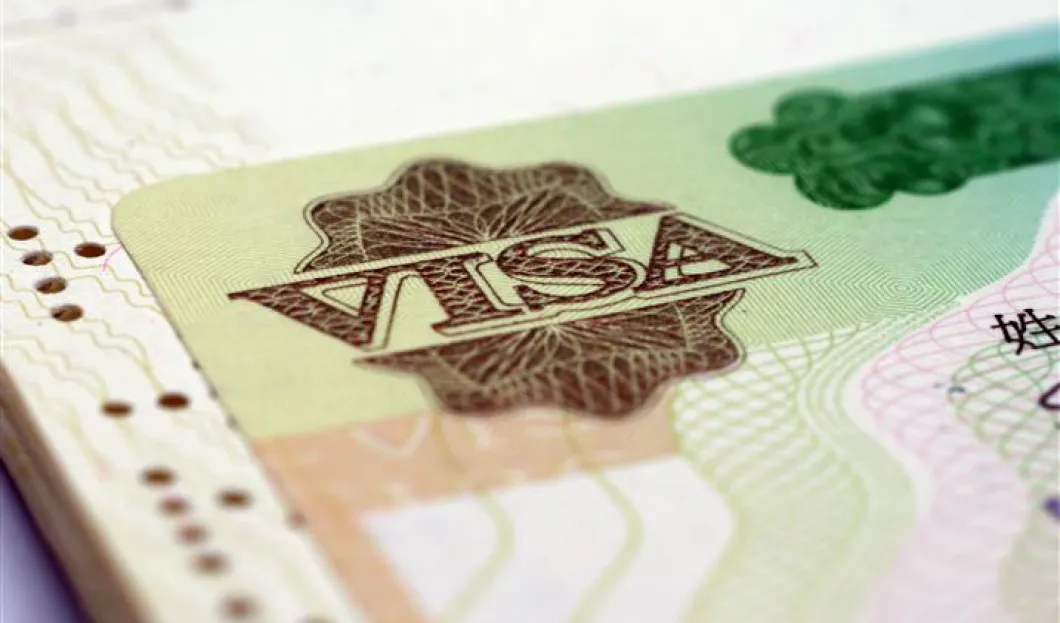
With 12 million tourists visiting the region in 2011, four countries in South East Asia are set to establish a new single visa zone to encourage intraregional travel and attract 25 million international visitors between 2013 and 2015.
Government ministers from Vietnam, Laos, Cambodia and Myanmar met last week at a conference in Ho Chi Minh to discuss the foundation of the unified zone - much like the Schengen scheme that allows tourists to travel between the nations of Europe on a single visa - that aims to streamline and simplify travel between the nations of South East Asia.
12 million international visitors traveled to the region in 2011, though relatively few visited more than one country during their stay. While a lack of adequate air transport, poor ground transport and a relatively undeveloped tourist industry may account for much of this lack of mobility, the cost and effort required to acquire visas for multiple countries played a significant role.
Current Regional Visa Regulations
Myanmar, a nation that has only recently opened its doors to tourists, has so far proved eager to welcome visitors, issuing tourist visas valid for a stay of 28 days (with the option of a further 14 day extension) at Myanmarese consulates.
Visitors from most western nations to both Laos and Cambodia can purchase a visa on arrival for around $30 at international airports and land borders. Visas are usually valid for a stay of up to 30 days.
Vietnam, long thought of as the most difficult tourist-friendly nation for which to obtain a visa in South East Asia, requires visitors from most nations to obtain a visa or letter of invitation before traveling to the country.
Thailand Concerned?
While the current visa requirements for the countries of the region are far from onerous (most land borders can be crossed in less than 30 minutes, and costs are minimal), the introduction of a unified visa zone will surely tempt visitors to experience a range of cultures during their visit.
The nation that stands to lose the most should the unified visa zone be established seems to be Thailand. As the uncontested leader of South East Asian tourism Thailand welcomed 19 million international visitors in 2011, an increase of almost 20% on the previous year.
Though the unified visa zone may serve to attract a greater number of tourists to the region as a whole, it may be the case that visitors begin to see the benefit of visiting several countries instead of Thailand.
The tourism minister of Yingluck's government must make a crucial decision as to whether to join the unified zone once the current bilateral visa agreement between Thailand and Cambodia has been finalized.












